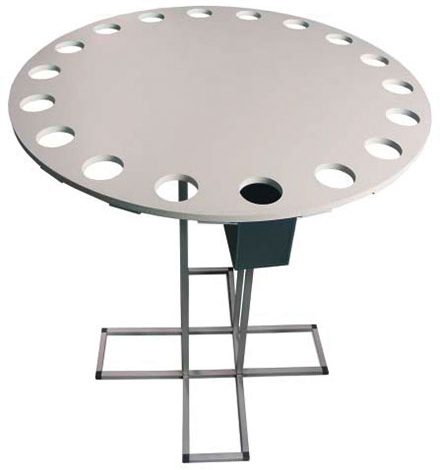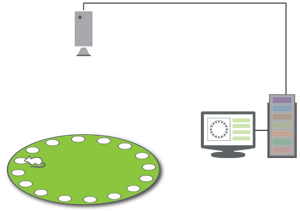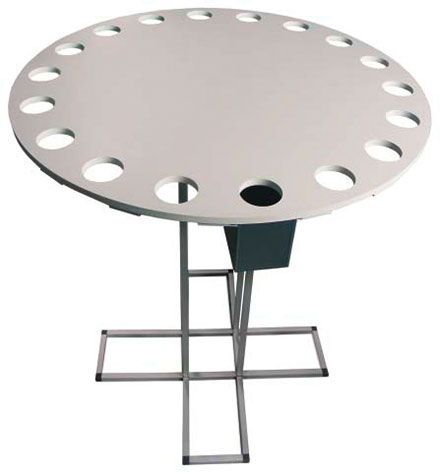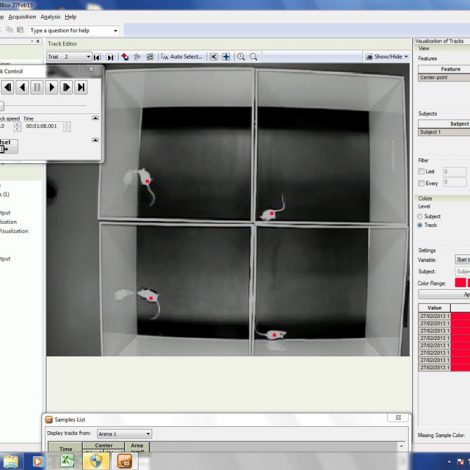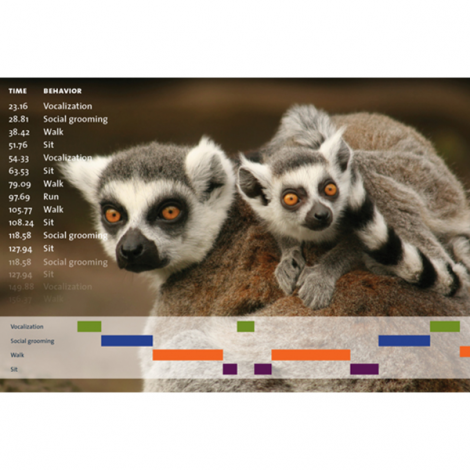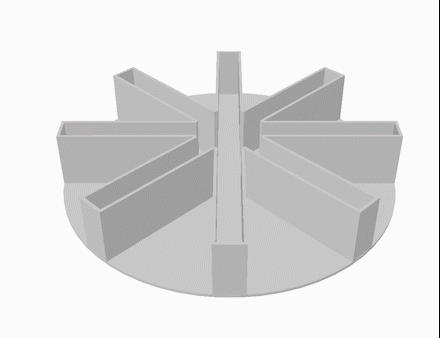Test spatial learning in rats and mice
Besides investigating the learning curve of the animal over consecutive trials, the searching strategy of the animal can also be of interest. While some animals randomly search for the correct hole, others might systematically check each hole in certain patterns. When animals move directly to the correct hole independent of their starting position, this indicates spatial memory has formed.
Get started
EthoVision XT helps you get started quickly, whether you are a first time user or an experienced one. The built-in templates have arena definition and detection settings pre-set, which you can fine-tune as needed.

“EthoVision XT provides objective data and has strengthened my research output.”
DR. P. AMOATENG|UNIVERSITY OF GHANA, GHANA
Areas of interest in the Barnes maze
Of course, within the Barnes maze, the different holes are of interest. These are predefined in the template, all you have to do is drag and drop these circles to the correct place in the video image within EthoVision XT. Specify which has the goal box underneath, and now EthoVision XT can combine this information with the tracking data you are about to acquire. The Barnes maze is available in different sizes and different options.

Tracking movement and behavior in detail
The EthoVision XT Multiple Body Points Module is able to detect and track not only the center point, but also the nose point and tail base of mice and rats. This allows for the accurate measurement of an animal’s relative position. In this case, it helps you discriminate nose-dipping, for example.

